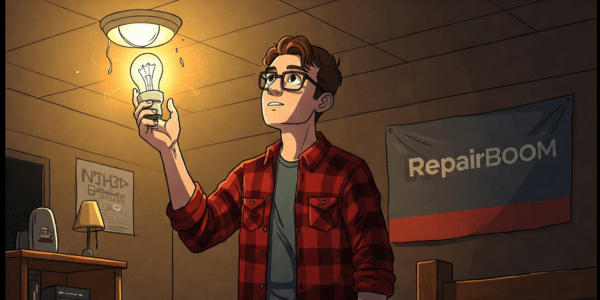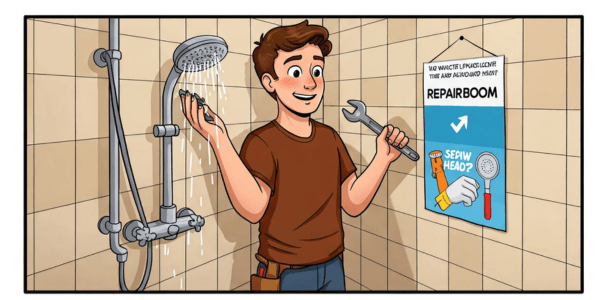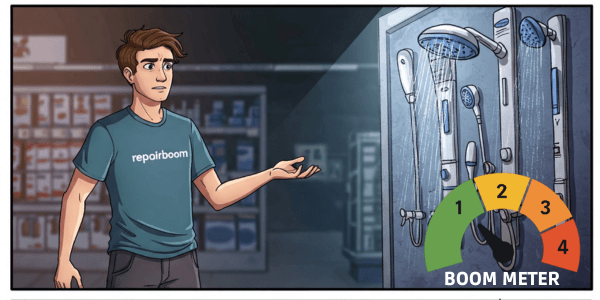“With Great power, Comes Great Home Repairs“

Super strength for tenant advocacy
Our Mission is to Empower Through super Knowledge!
At RepairBoom, we’re fierce advocates for renters who face the relentless challenges of today’s rental market. Skyrocketing costs—average rents in the U.S. have climbed over 30% in the past five years—combined with stagnant wages, make finding affordable housing feel like a losing battle. In Santa Barbara, where median rents hover around $3,000 for a one-bedroom, the squeeze is even tighter. Beyond costs, renters often deal with subpar living conditions: leaky faucets, faulty wiring, or mold issues that landlords neglect or use as excuses to jack up fees.
We’re here to change that. Founded by a Journeyman Plumber and a contractor with decades of experience in the trades and property management, RepairBoom is built on the belief that knowledge is power. We empower renters with practical, easy-to-follow renter guides and home repair guides that demystify fixes and save money. From replacing a broken toilet valve to addressing minor electrical issues safely, we equip you with the skills to handle repairs yourself, reducing reliance on overpriced services or unresponsive landlords. Our mission is to level the playing field, ensuring renters aren’t taken advantage of.

Louis Oconnor
Founder of RepairboomMaster Plumber, Maintenance Director, and Self Proclaimed Superdad
Read More
TenantShield
Your Voice, Your Rights: Empowering Renters Like You








